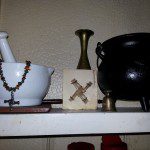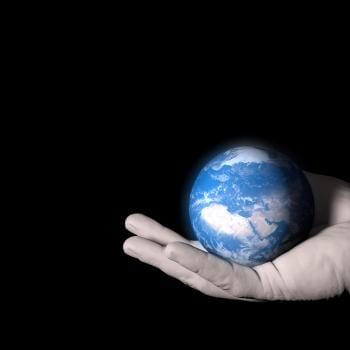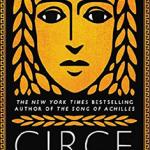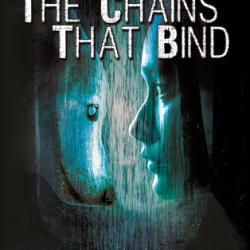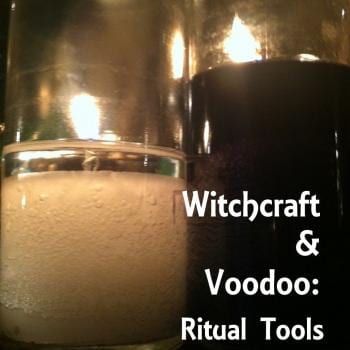Part Four: Shared Myth, Shared Philosophy
In general, we agree that Paganism is inspired by the polytheistic faiths of pre-Christian Europe, the Near East, and parts of Africa (although of course it includes a much wider variety of deities from many other cultures!) In North America we have also incorporated a lot of First Nations mythologies. As such, we can draw from the works of our ancestors to create a shared mythology and some shared values. Brendan Myers already asked this question a few years ago when he was writing A Pagan Testament[xi] but I’ll ask it again: What do you think are the essential myths that a good Pagan scholar needs to be familiar with?

I would suggest that one needs a solid grounding in
- Norse, Celtic, Egyptian, Babylonian and Greek mythology
- The Vedas
- the feminist anthropological works of Marija Gimbutas
- the works of Joseph Campbell; in particular The Hero with a Thousand Faces and The Power of Myth.
- the folk traditions of England, from Robin Hood to Beowulf to Herne the Hunter to King Arthur and the Holy Grail
- the works of William Shakespeare
- the poetry of the Romantic age
- Magick in Theory and Practice and The Book of the Law by Aleister Crowley
- Aradia: Gospel of the Witches by Charles Leland
- The White Goddess by Robert Graves
- The Witch-Cult in Western Europe by Margaret Murray
- Your local aboriginal faith(s) and myth-cycles
- The Golden Bough by Sir James Frazer
- some works of twentieth century literature; The Wind in the Willows by Kenneth Grahame, The Chronicles of Narnia by C.S. Lewis, The Sea Priestess and The Goat-Foot God by Dion Fortune, the poetry of Walt Whitman, the Harry Potter series by J.K. Rowling, and Stranger in a Strange Land by Robert Heinlein.
If you have studied all of that you are familiar with the cultural soup of mythology that forms the modern interconnected Pagan mythos.
Don’t worry if you haven’t read all of these things! You’ve probably picked up most of it by osmosis anyway. You can’t help it, because we tell these stories to each other; in ritual, in the Pagan equivalent of Passion Plays, in song and in the works of literature we create.
We also sing. We have a common liturgy of hymns in our tradition of chanting. I think more of our shared myths and shared symbolic language are transmitted in this way than any other.
I think this gives Pagans a common element: we share interconnected mythology, and we do have a liturgy; though a very informal one. Our understandings of the meanings of these myths are very personal. But ultimately, each of us as individuals growing up in a Christian culture rejected the Christian mythos in favour of Pagan ones. So what do they have in common?
They are all heroic myths and they value the qualities of heroes; courage, honour, love, and a zest for life. We don’t believe that the physical is evil and vile and must be transcended; we believe that it is good to be physical, and that physical pleasure and love of life is holy. We don’t believe that servitude and turning the other cheek are holy. We think it is holy to be brave and honourable; though our understandings of what that means may vary.
Also, let’s not forget that the great philosophers of ancient Greece were all Pagans. Though much of what they came up with was borrowed to become foundational elements of the Christianity we’re all rebelling against, Pagan values still clearly shine through many of the great works that have stood the test of time.
Nor should we forget the influence of what these days is derisively termed Orientalism. Many of the spiritual influences of the modern Pagan movement were occult orders such as the Theosophists, the Golden Dawn and the Rosicrucians. All of them were heavily influenced by Indian and Asian mysticism, re-interpreted through their Christian cultural lenses. Going back to our chaos theory, I’d like to point out that these roots, poisoned by Colonialism, are producing an amazing crop of weeds, such as the Curse of Pagan Niceness, and a great big bastard of a briar called Racism.
None of us want to admit this, but we have borrowed as much from Christianity as they have from us. Humanism began as a Protestant Christian religious movement. Our eight Sabbats, or High Holy Days, or whatever name you want to give to our liturgical calendar, borrowed heavily from the Catholic and Anglican liturgical calendar known as the Roman rite (something I’m going to write a thesis on one day). The woodcraft movement was shown conclusively by Ronald Hutton[xii] to be one of the formative influences of modern Wicca. I was in Girl Guides: it doesn’t get more Christian than that! And notice I put the Chronicles of Narnia in our “required reading.”
I would add one more mythic influence into this already incredibly-diverse mosaic. I would suggest that modern feminist retellings of myths and folktales also have become integral to the Pagan mythic tradition. The stories of Mary Magdelene and Joan of Arc, Queen Maeve and Morgan le Fay, and even Elsa, Elphaba and Maleficent are part and parcel of the modern Pagan mythos. Our goddesses never play second fiddle and are always forces to be reckoned with.
We have more work to do to be truly diverse, but we’re getting there. It’s generally agreed that Pan and Loki are as happy to bed men as they are women; Artemis is a lesbian and Aphrodite loves everybody. We’re opening our arms to the lwa, especially here in Canada, and so Erzulie (who also loves everybody) is sharing spaces with Aphrodite and the Baron Samedi is standing next to Herne the Hunter with his boney grin (or hers; often the Baron is also the Baronne.) It’s by no means uncommon for Pagans to honour Kali, Shiva, Lakshmi or other Indian deities (I have a big bronze statue of Ganesh in my study.) And in Canada, First Nations spirits have been integral to our Paganism since Paganism first came here.


